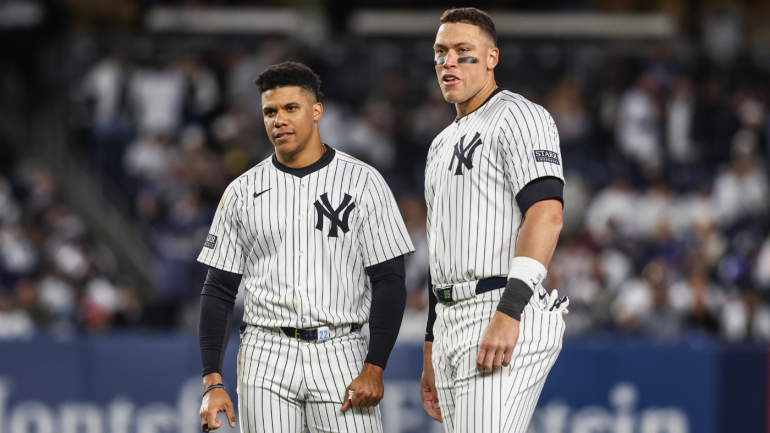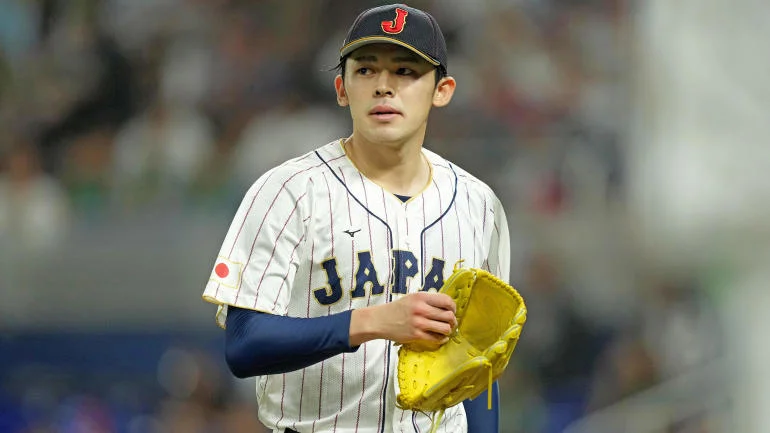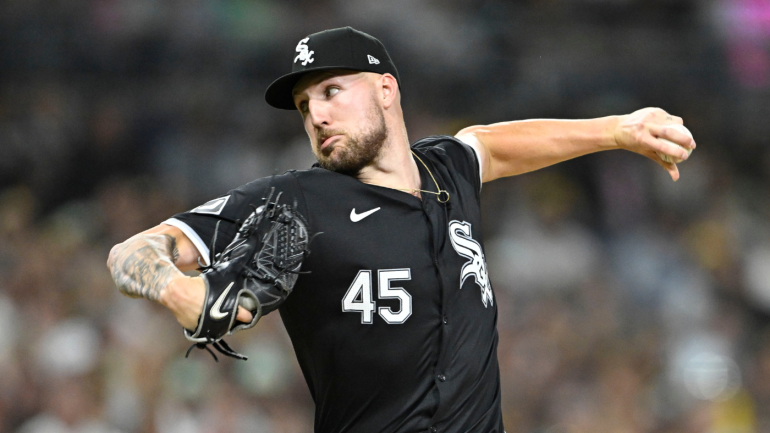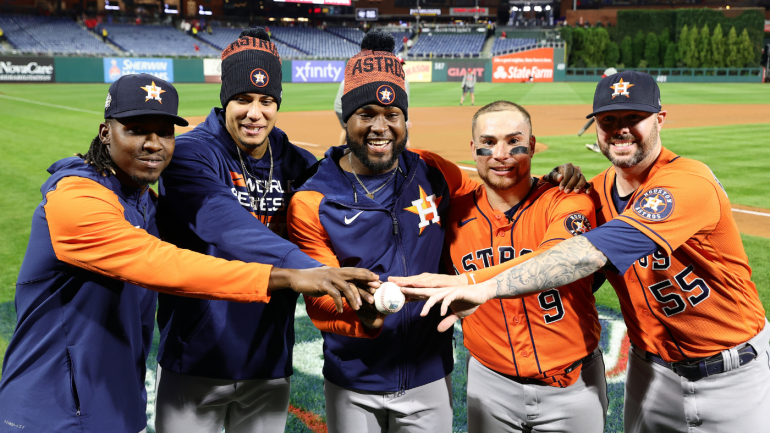Is Clayton Kershaw on pace for the Hall of Fame?
Without question, the best pitcher in baseball today is Clayton Kershaw. Since 2011, he has won three NL Cy Young Awards and finished in the top five of the voting every season, made six straight All-Star games, and finished 2014 as the NL MVP, a season in which he only made 27 starts, highlighting how dominant he was when he did pitch. This season marks Kershaw’s tenth in the major leagues, which is only two away from another former left-handed Dodgers ace, Sandy Koufax, who spent twelve years in the bigs. When Koufax retired, he became a first ball Hall of Famer with 86.9% of the vote, mostly on the strength of an incredible six-year peak, where like Kershaw, he won three Cy Young Awards, and an MVP. This got me wondering; if Clayton Kershaw were to retire today at the age of 29, would he be inducted into the Baseball Hall of Fame? Let’s look at the case.
- Led the NL in wins, starts, and complete games twice, shutouts and strikeouts three times (including baseball’s first 300 strikeout season since Curt Schilling in 2002) ERA and WHIP four seasons in a row (including back to back seasons with ERAs below 1.83) and ERA+ three times.
- 96 Cy Young Award shares, sixth all time; only four pitchers have won more Cy Young Awards in their career.
- 2 WAR for pitchers is 76th all-time, ahead of Hall of Famers such as Whitey Ford, Waite Hoyt, Sandy Koufax, Early Wynn, Lefty Gomez, and Dizzy Dean.
- Career ERA of 2.35 is 23rd all time amongst pitchers with a minimum of 1000 innings pitched; the majority of players in front of Kershaw either pitched prior to the live ball era or are relief pitchers such as Mariano Rivera.
- .682 winning percentage is eighth all time amongst pitchers with a minimum of 1000 innings pitched
- 000 WHIP is the second best in baseball history, and the best of the modern era; the only pitcher ahead of him, Addie Joss, threw his last pitch in 1910.
- 2nd all-time in hits allowed/9 innings at 6.136, behind Hall of Famer Nolan Ryan
- 6th all-time in strikeouts/9 innings at 9.778 amongst pitchers with a minimum of 1000 innings pitched
- 6th all-time in K: BB ratio at 4.1031 amongst pitchers with a minimum of 1000 innings pitched.
- ERA+, which takes a player’s ERA and normalizes it across the entire league by accounting for external factors like ballparks and opponents, and then adjusts where a score of 100 is league average, and 150 is 50 percent better than the league average, uses the following formula of 100*[lgERA/ERA]. In this measure, Kershaw is second all time with 161 ERA+, behind only Mariano Rivera, and ahead of all sixteen first ballot Hall of Fame pitchers.
- In Fielding Independent Pitching (FIP), which measures a pitcher’s effectiveness at preventing HR, BB, HBP and causing SO, Kershaw is 28th all time at 2.55 and led the NL twice in the stat.
- In Wins Probability Added by Pitcher (WPA), Kershaw is 16th all-time at +36.28, ahead of Hall of Famers such as Tom Glavine, Robin Roberts, Nolan Ryan, Sandy Koufax, and Juan Marichal.
- Adjusted Pitching Wins, a set of formulas developed by Gary Gillette, Pete Palmer and others that estimates a pitcher’s total contributions to a team’s wins with his arm, where 0.0 is an average performance, 0 is better than average, has Kershaw 23rd all time with 33.89 wins, ahead of Hall of Famers Gaylord Perry, Bob Feller, Steve Carlton, Phil Niekro, and Fergie Jenkins amongst others.
- For his career, Kershaw has 67 more strikeouts than base runners allowed in his career, the greatest differential by a starter in history.
- The fourth pitcher in baseball history with 20 career double-digit strikeout, no walk games, despite being only 29 years old.
- Has lowered his ERA in every season of his major league career; 2008: 4.26, 2009: 3.36, 2010: 3.17, 2011: 2.88, 2012: 2.79, 2013: 2.60, 2014: 2.48, 2015: 2.43, 2016: 2.37, 2017: 2.35
- 162 Game Average over his career: 17-8, 2.35 ERA, 227 IP, 247 K
- Blank Ink Test, which measures how often a player led the league in “important stats” (wins, ERA, strikeouts, innings pitched, saves, etc.) has the average Hall of Fame pitcher at 40; Kershaw scores a 69, 13th all time.
- Gray Ink Test, which is the same as the Blank Ink Test but also counts appearances in the top ten of each statistic, has the average Hall of Fame pitcher at 185; here, Kershaw falls short, but not by much, at 161.
- Hall of Fame Monitor, created by Bill James, an attempt to assess how likely (not how deserving) an active player is to make the Hall of Fame. Using its rough scale, 100 means a good possibility and 130 is a virtual cinch; Kershaw is currently at 147 on the scale.
- Hall of Fame Standards, which gives a score of 50 for an average Hall of Famer, with 100 as the max, has Kershaw at 47, just below the average mark.
- This season, Kershaw has had more 3-0 counts this year as a batter than as a pitcher.
Based on both sabermetrics and traditional counting statistics, Kershaw has without question been one of the most dominant pitchers in baseball history. Really, what his Hall of Fame case would come down to if he retired today would be if voters prefer an incredible peak such as Koufax’s, or a strong body of work over a long period of a time, such as Don Sutton. That said, if you asked any fan of baseball who the best pitcher they watched in the 2010s was, the answer would almost unanimously be Kershaw. This not only allows him to pass the eye test of a Hall of Famer but for me is enough to confidently say that even if he never throws another pitch in the major leagues, Clayton Kershaw is a no doubt Hall of Fame pitcher.
- TAGS
- Clayton Kershaw
- Hall-of-Fame
- Los Angeles Dodgers




